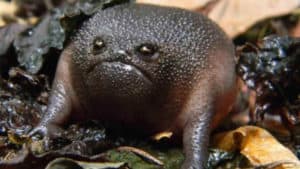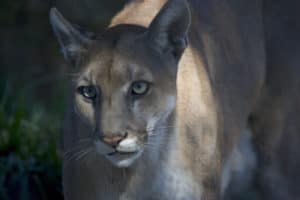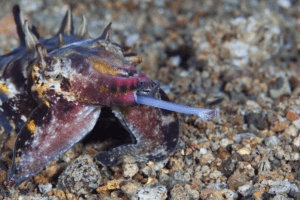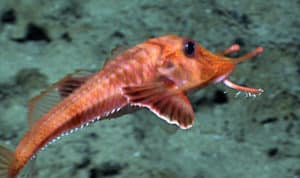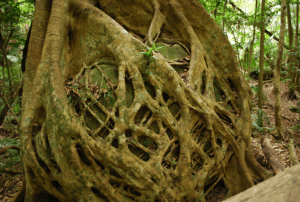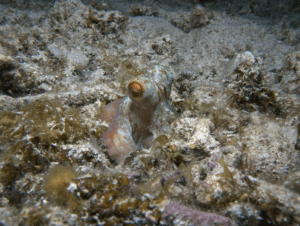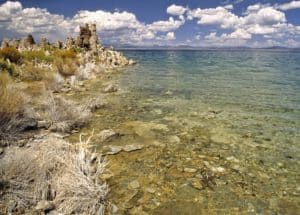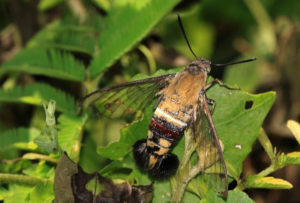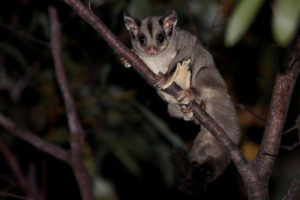Black Rain Frog Facts Related Articles Black Rain Frog Physical Description The truly extraordinary Black Rain Frog immediately draws he eye of those who encounter this wonder of Nature. This occurs due to a variety of factors, of course, depending upon the individual. Nature remains a most resourceful master of surprise and creation. Regardless of […]
Archives for June 2017
Wolfsbane
Wolfsbane Facts Related Articles Wolfsbane Physical Description Since the term Wolfsbane applies to many species, physical variations naturally exist. Firstly, each of them attains different heights at full growth. Secondly, most of them do have certain physical characteristics in common. This includes the fact that all develop as either small to medium-sized plants. Furthermore, the […]
Florida Panther
Florida Panther Facts Related Articles Florida Panther Physical Description The magnificent Florida Panther immediately impresses anyone fortunate enough to view one, especially in the wild. Much like its close relatives, it does so due to a combination of factors. One’s its sheer size. Though certainly not quite as large as some wild felines, it’s nonetheless […]
Flamboyant Cuttlefish
Flamboyant Cuttlefish Facts Flamboyant Cuttlefish Physical Characteristics The adult Flamboyant Cuttlefish typically attains an average mantle length of roughly 3.1 in (8 cm). The arms grow wide, and quite thin, and are covered in numerous small suckers which lay in four distinct rows. The males also possess one modified arm which they use almost exclusively for reproduction. Further, […]
Armored Sea Robin
Armored Sea Robin Facts Related Articles Armored Sea Robin Physical Description Most notably, the Armored Sea Robin has a fierce and remarkable appearance. However, despite that, it remains a diminutive creature. In fact, none of the various species exceed 4.75 in (12 cm) in length. Also, both the head and the underbelly of these fish […]
Strangler Fig
Strangler Fig Facts Related Articles Strangler Fig Physical Description Since the term Strangler Fig applies to multiple species, physical variations between the differing species quite naturally occur. Nonetheless, their close relationship means that each also shares numerous traits with the other members of the genus. Overall, the group members remain far more alike than dissimilar. […]
Caribbean Reef Octopus
Caribbean Reef Octopus Facts Related Articles Caribbean Reef Octopus Physical Description First of all, the Caribbean Reef Octopus remains a small species of octopus. The mantle only reaches a maximum length of roughly 24 in (60 cm). Yet, this measures larger than average in relation to other types of the octopus of similar size. Additionally, […]
Mono Lake
Mono Lake Facts Related Articles Mono Lake Physical Description The eerily beautiful Mono Lake never fails to capture the instantaneous attention of anyone fortunate enough to visits the site. That holds true due to a combination of incredible factors, though. Certainly it boasts a respectable size, but it’s visual distinctiveness entirely sets it apart. This […]
Pellucid Hawk Moth
Pellucid Hawkmoth Facts Related Articles Pellucid Hawk Moth Physical Description Cephonodes hylas can possess a wingspan of up to 3 in (7.5 cm). Most interestingly, the wings are transparent and reflect most light (creating antireflection) which makes the species difficult to see. That is their most distinctive feature. The wings are an unusual triangular shape and […]
Sugar Glider
Sugar Glider Facts Related Articles Sugar Glider Physical Description Perhaps most notably, the Sugar Glider has a thin, elongated body shape. This gives it a shape similar to that of a squirrel. This coincidental physical resemblance often leads to the common confusion many people experience. Sexual Dimorphism also appears in this species, like many others. In […]
